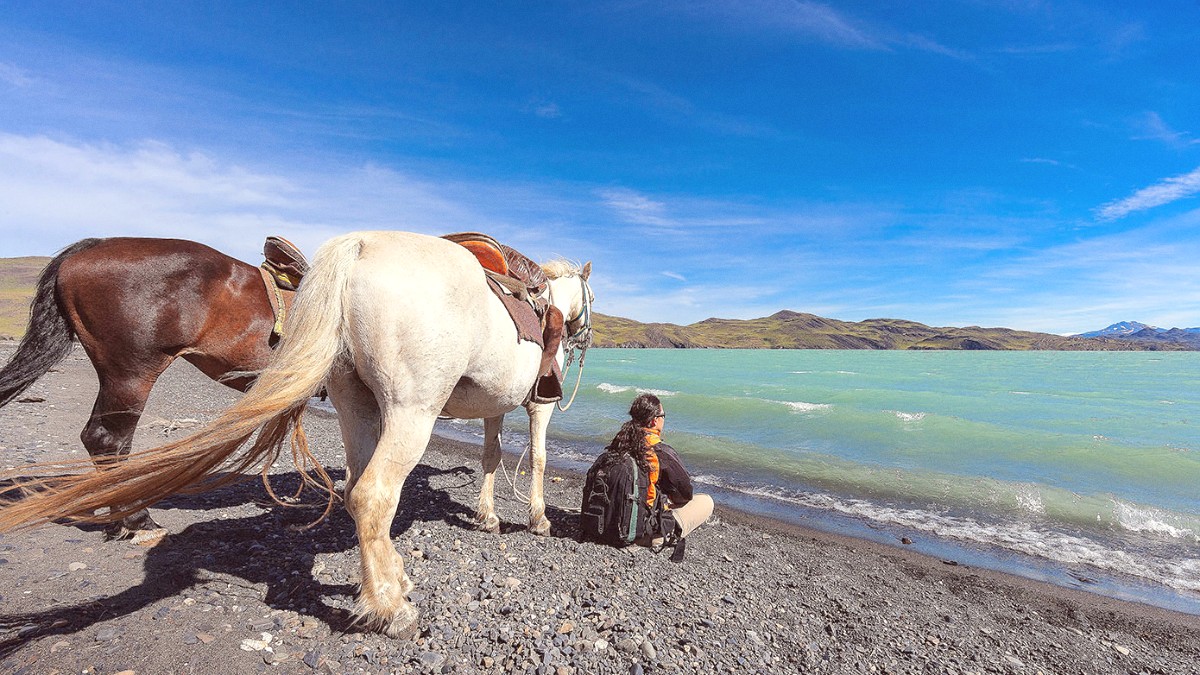
Nauru does not have a formal public transportation system. You will not find buses, metros, or trams operating on the island. The island's small size, with its single ring road, makes such a system unnecessary for daily movement.
There are no established routes, hubs, ticketing systems, or fixed hours of operation for public transit.
Nauru lacks public transportation infrastructure tailored for accessibility needs. Sidewalks are scarce, and buildings generally lack ramps.
The main way to get around without a private vehicle is by taxi. Plan your movements around taxi availability or by assessing distances for walking or cycling.
Use offline map apps to navigate and identify points of interest. Explore the island at your own pace through walking or cycling the ring road.
AUD 80-400+ per night
AUD 10-60+ per meal
AUD 5-30 per taxi trip
AUD 100-150 per day
Taxis are the most common form of motorized public transport available to visitors in Nauru. These are typically private vehicles operating as taxis.
Taxis are typically private vehicles operating informally.
Readily available at points like the airport, hotels, and main road.
Most Nauruan taxi drivers are reliable and known within the small community.
Rental options in Nauru are very limited, mainly to cars and sometimes bicycles. You cannot find motorcycles or scooters for rent to tourists.
Drive on the left-hand side of the road. Speed limits are low, typically 40-60 km/h.
Be mindful of pedestrians and animals on roads.
The main "Island Ring Road" is paved and generally in fair condition.
Inland roads are unpaved, rough, and require a robust vehicle like a 4x4.
Parking is generally not an issue, as traffic is very light.
There is no public lighting outside central areas, making night driving difficult.
Nauru offers an unique travel experience where personal transport and planning are paramount. Embrace the small island's charm through its limited, but available, options.
Prepare for light traffic and a relaxed pace, whether walking, cycling, or using a taxi or rental car.